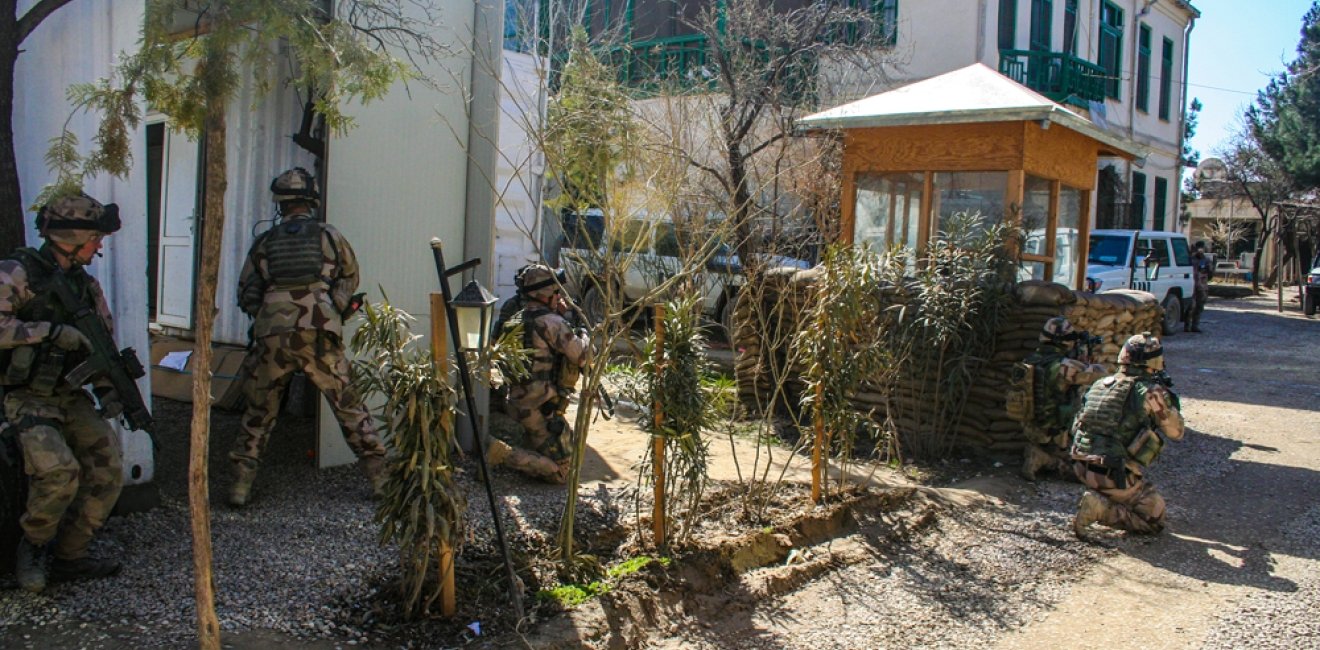
A blog of the Indo-Pacific Program
Recent days have marked another grim milestone for the war in Afghanistan.
Last week, the Taliban stormed the city of Farah, the capital of a province by the same name in western Afghanistan. For a brief period of time, the insurgents seized and held several government facilities before being pushed out by Afghan ground forces and U.S. air strikes.
This is devastating news, not just for an Afghan nation exhausted by nearly two decades of a brutal and bloody insurgency, but also for the U.S. war effort.
First, the Taliban’s offensive in Farah marked one of the few times in the nearly 17-year-war that the Taliban has managed to take over a major urban space. Several years back, on two separate occasions, the Taliban briefly held the northern city of Kunduz. For the most part, however, the insurgency has remained a rural one. The Taliban frequently stages sickeningly high-casualty terrorist attacks in cities, but it rarely seizes and holds urban territory.
Second, the offensive amplifies how deep and extensive the insurgency has become in Afghanistan. For many years, the Taliban’s main areas of influence and control were in the south and east, its traditional bastions near the border with Pakistan. In recent years, however, it has managed to gain a foothold and take control of areas far to the north and west. This expansion can be attributed in great part to poor local policing. In many areas beyond Kabul, the central government has outsourced security responsibilities to pro-state militias and other nefarious actors who often terrorize local communities more than they protect them. The Taliban has exploited this dynamic and cast itself as a more trustworthy security provider. It has then been able to win the trust of the people and consolidate its presence—and in some cases take control.
Third, the Farah offensive, even though it ended with the Taliban being pushed out of the provincial capital, helps the Taliban’s finances. In the weeks before entering Farah city, the Taliban had developed a strong presence in the province and taken over many districts, and its control over these districts remains in place today. This has enabled it to strengthen its influence over the opium trade in Afghanistan, because Farah is an important area of drug production and the site of some key drug trade routes. The drug trade is a major source of Taliban financing (it also makes money from other illicit industries in Afghanistan).
How can the Taliban remain so strong after being hit so hard on the battlefield for nearly 20 years and after experiencing a rapid succession of leadership changes that has caused dissension and fracturing within the ranks?
This helps address a question: How can the Taliban remain so strong after being hit so hard on the battlefield for nearly 20 years and after experiencing a rapid succession of leadership changes that has caused dissension and fracturing within the ranks? Overburdened Afghan security forces and a weak and ineffective national government are clearly part of the problem. So are the external sanctuaries the Taliban enjoys in Pakistan, along with the episodic military support it receives from Iran and, perhaps, more recently, Russia. Insurgencies don’t die so long as they enjoy external support.
But the other big explanation for the Taliban’s continued strength is that it’s making money in a big way, thanks to a flourishing drug trade that has yielded record-breaking harvests in recent years.
This is all very sobering news for U.S. officials trying to figure out, after billions of dollars have been spent and so many lives have been lost, how to bring an end to an interminable war.
The bottom line is that given the Taliban’s strength and its unwillingness to stop fighting, the conflict is bound to drag on for many more years.
The views expressed are the author's alone, and do not represent the views of the U.S. Government or the Wilson Center. Copyright 2018, Asia Program. All rights reserved.
Author


Indo-Pacific Program
The Indo-Pacific Program promotes policy debate and intellectual discussions on US interests in the Asia-Pacific as well as political, economic, security, and social issues relating to the world’s most populous and economically dynamic region. Read more





